Market Share
Stealth Warfare Market Share Analysis
In the intricate landscape of the Stealth Warfare Market, companies employ diverse market share positioning strategies to gain a competitive edge and secure a substantial share of the industry. One prominent strategy is differentiation, where companies focus on developing cutting-edge stealth technologies and solutions to distinguish themselves from competitors. This may involve advancements in radar-absorbing materials, shape optimization, and electronic warfare capabilities that make military assets less detectable by adversaries. By emphasizing these unique features, companies aim to attract defense clients seeking state-of-the-art stealth capabilities, positioning themselves as leaders in the rapidly evolving field of stealth warfare.
Cost leadership is another pivotal strategy within the Stealth Warfare Market, as companies aim to become the primary providers of cost-effective stealth solutions. Achieving cost leadership involves streamlining production processes, negotiating favorable supplier agreements, and leveraging economies of scale to offer competitively priced stealth technologies without compromising performance or quality. This strategy appeals to defense clients who seek cost-efficient solutions in their procurement decisions, enabling companies to expand their customer base and secure contracts in a market where budget considerations are crucial.
Market segmentation is a critical aspect of market share positioning in the Stealth Warfare Market. Companies analyze the diverse needs of defense forces globally and tailor their stealth offerings to specific segments. This segmentation could involve developing stealth technologies for aircraft, naval vessels, ground vehicles, or even individual soldiers, each requiring specialized features and capabilities. By understanding and addressing the unique requirements of different defense applications, companies can effectively target their marketing efforts, establishing a stronger foothold in specific niches within the broader market.
Strategic partnerships and collaborations play a significant role in market share positioning within the Stealth Warfare Market. Companies often engage in alliances with defense contractors, technology firms, or other key industry players to enhance their stealth capabilities. These collaborations may involve joint research and development projects, knowledge sharing, or resource pooling to create comprehensive stealth solutions that surpass individual capabilities. Such partnerships not only strengthen a company's market position but also contribute to advancements and innovation within the field of stealth warfare.
Geographical expansion is a notable strategy for market share positioning, where companies strategically enter new markets to capitalize on emerging opportunities. This could involve establishing partnerships with local defense contractors, participating in international defense programs, or setting up subsidiaries in regions with a growing demand for stealth capabilities. By expanding their geographic reach, companies aim to increase their market share and cater to the specific defense needs and geopolitical considerations in different parts of the world.

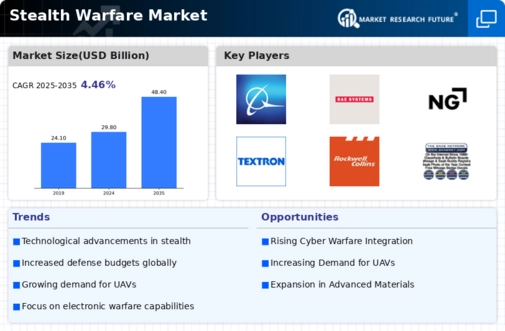
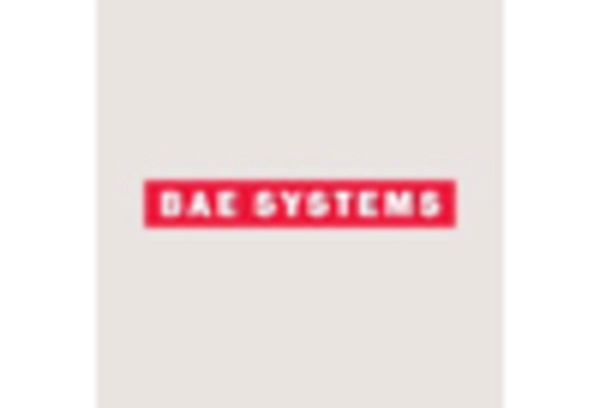

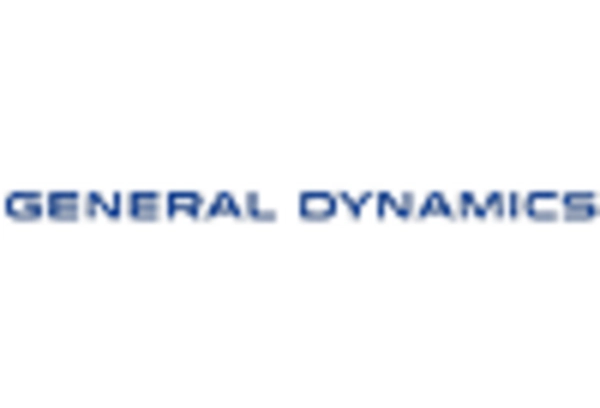
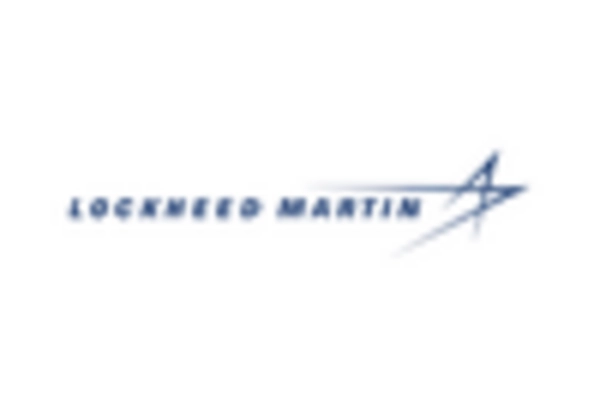
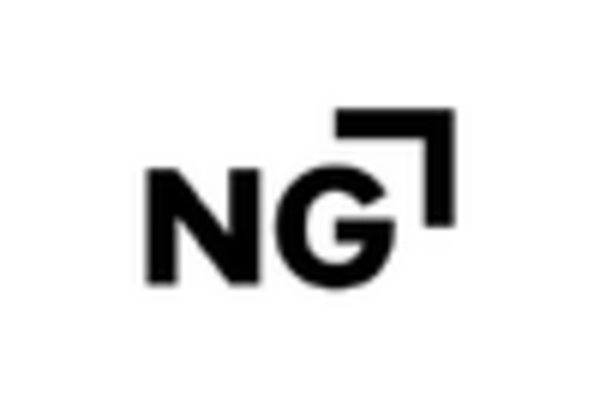
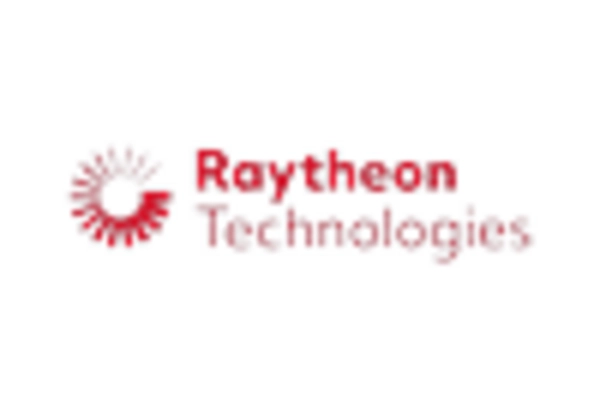









Leave a Comment